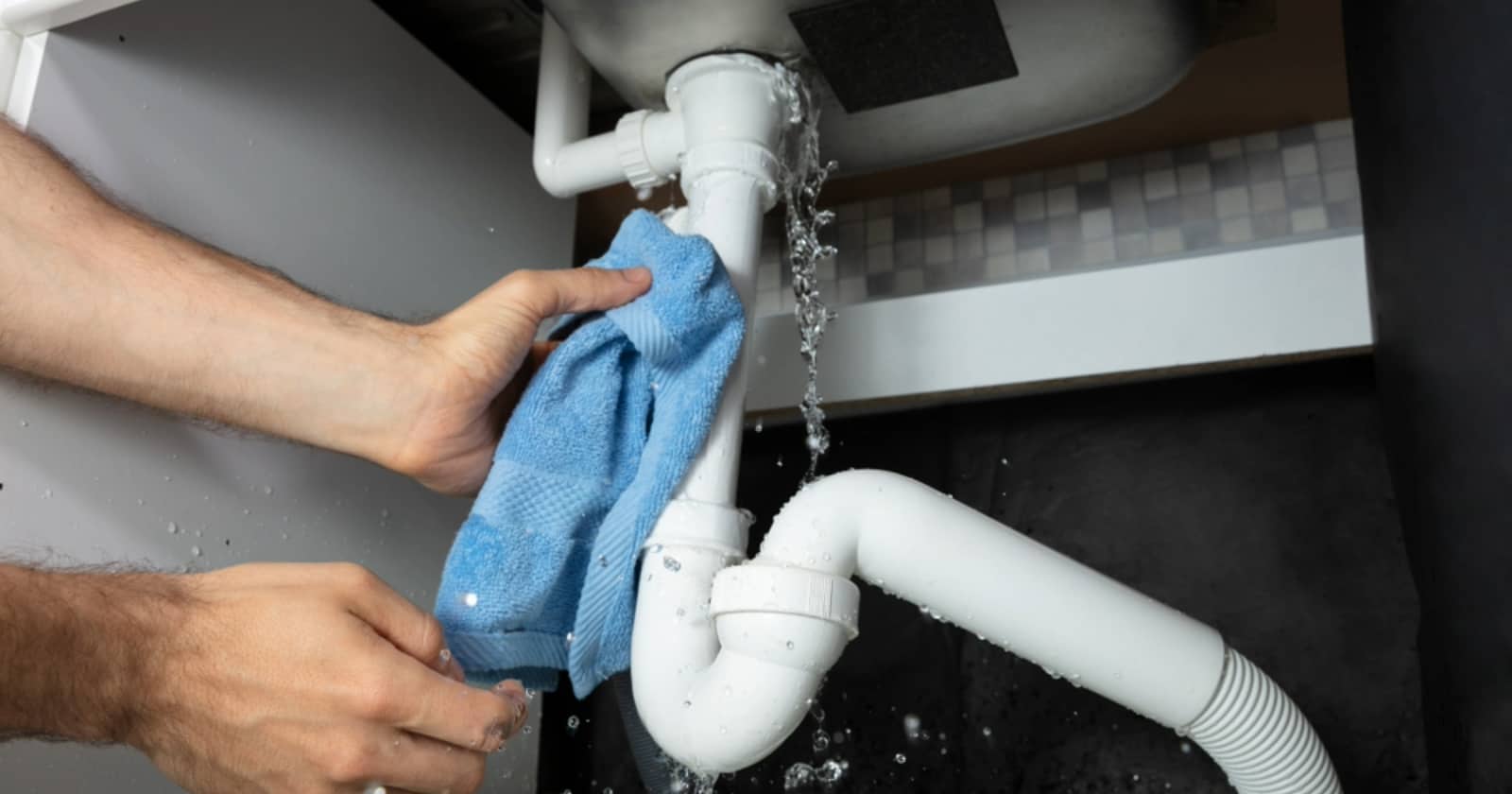
Should You Use Heat Tape On Your RV Pipes?
One of the biggest challenges of living in an RV in cold temperatures is keeping our water supply from freezing. In many RVs, water lines, tanks, and/or pipes may be exposed to sub-zero temperatures.
Frozen RV plumbing can be horrible to deal with, and you’ll have no water until the frozen sections thaw. Not only that, but pipes can burst and fittings can crack as the water expands during the thawing process.
Using RV skirting can really help to keep RV pipes flowing by preventing freezing air from getting under the RV while keeping warm air trapped. If you live or camp in an RV in the coldest winter months, installing heat tape on your RV pipes is a really good idea.
It takes hardly any DIY skills and RV heat tape is usually very quick to install. In this article, I’ll give you step-by-step instructions on how to install heat tape on your RV pipes.
How to install heat tape so your RV pipes don’t freeze
Installing RV heat tape is one of those DIY jobs that will make you feel like you are actually pretty handy. That’s just because it’s a really easy job that will have massive benefits when Old Man Winter blusters at your door.
However, you’ll need to get the right tape for the job. Heat tape for RV pipes has to be thermostatically controlled. If not, the tape could damage your RV’s plastic pipes. This is especially likely if the taped pipes are covered with insulation.
Here’s what you’ll need to do to install heat tape.
1. Assemble your tools.
Here’s everything you’ll need:
- Enough thermostatically controlled heat tape to cover exposed freshwater lines. Only use heat tape approved for manufactured homes.
- Electrical tape
- Enough pipe insulation to cover your RV pipes after you apply the tape
2. Read the manufacturer’s directions that came with your tape.
Be sure to read the manufacturer’s directions carefully.
3. Carefully check the RV pipes and fittings for leaks.
Leaking water underneath heat tape can damage insulation and cause the tape to short out.
4. Install tape according to the manufacturer’s directions.
Some manufacturers want you to wrap the tape around the pipes. Others want you to run it along the RV pipes.
Be sure to only use automatic heat tape with heavy rubber insulation around the wires. Don’t cross the tape over itself during the installation because this causes a fire hazard.
5. Use electrical tape to hold the tape in place.
Space each wrap according to the manufacturer’s guidelines.
6. Install pipe insulation over the tape.
Installing pipe insulation over the tape will help to ensure that it still works when it gets really cold outside.
7. Plug it in.
Plug in your RV heat tape before it gets cold out. Its job is to prevent pipes from freezing, not thaw them out. Be sure to plug directly into a GFCI receptacle. Never plug your heat tape into an extension cord.
8 Check your tape regularly for deterioration.
Heat tape deteriorates over time. When it does, it can melt plastic pipes and even cause fires. Checking it once a year for damage is an essential step.
Conclusion
Installing heat tape on RV pipes is an easy job that could save you from a mountain of headaches if you use your RV where temperatures drop below 32 degrees Fahrenheit (0 degrees Celcius in Canada).
It’s important to remember you are wrapping plastic pipes containing water with electricity. Here are some additional tips to help make sure your installation is safe:
- Don’t install heat tape over insulation
- Don’t install the tape close to flammable materials or gas lines
- Get the right tape for the job, in the right size.
- Don’t overlap tape
- Never wrap the tape at a 90-degree angle
Track your RV maintenance
Make sure you keep track of all your RV maintenance and repairs with an online tool such as RV LIFE Maintenance. Not only can you keep all of your documents in one place, but you’ll also receive timely reminders when maintenance is due to help you avoid costly repairs and potentially serious accidents.
Related articles:



